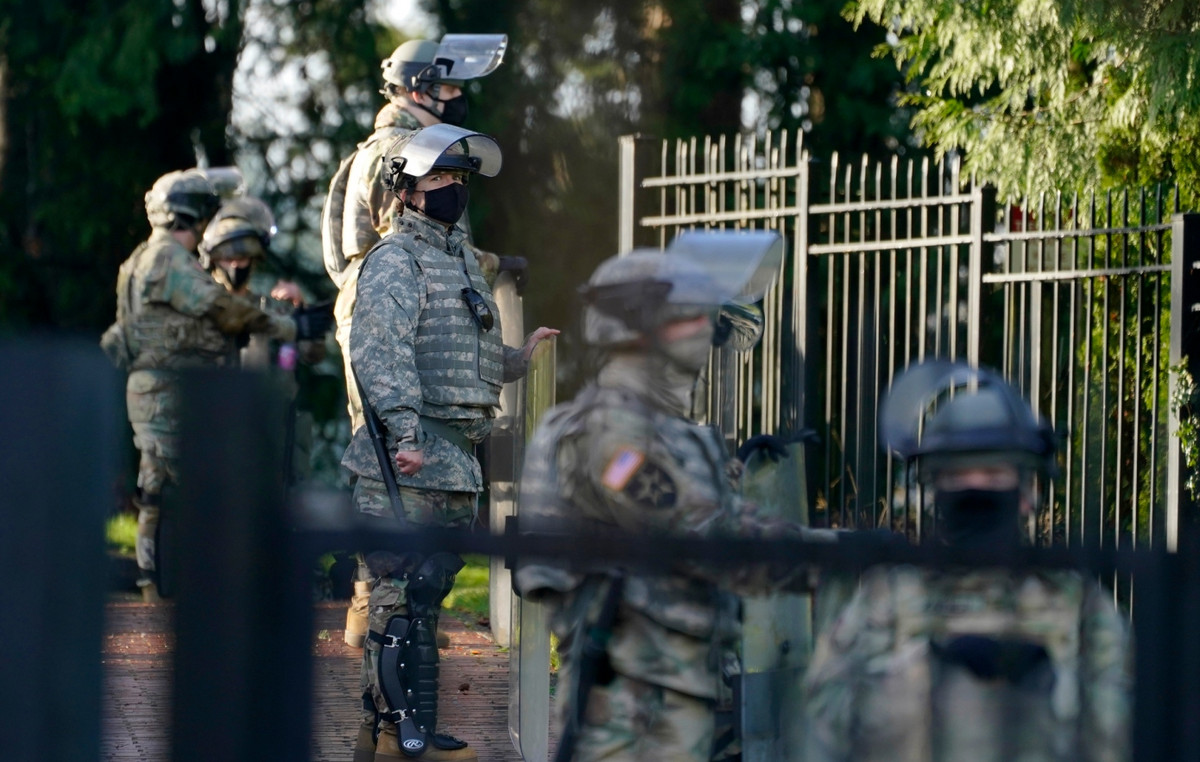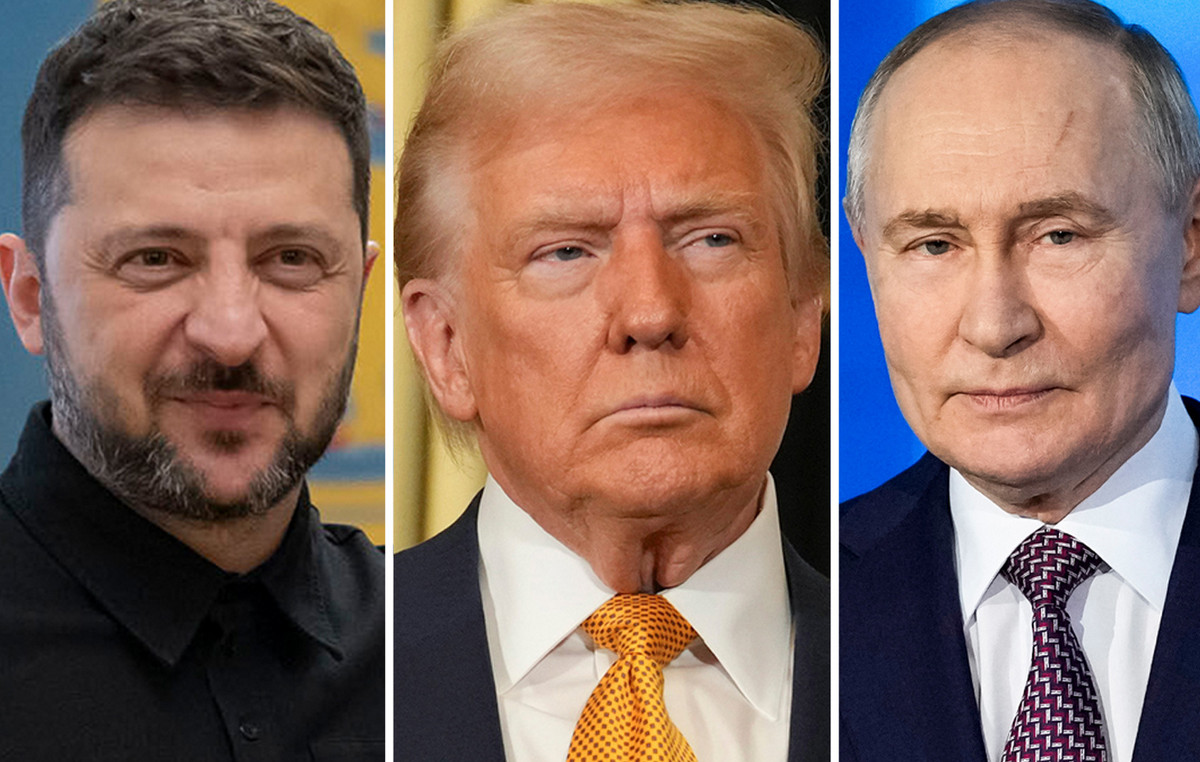By Tasos Dasopoulos
Proper hierarchy of investments and reforms, aiming at the 30.5 billion euros of the Recovery and Resilience Fund (TAA) to have a multiplier effect on the economy and employment, for a longer period of time, suggest IOBE and IMF, at the beginning of the effort to implement the Greek “Greece 2.0” program.
In its report on the course of the economy in the 4th quarter of the year, IOBE notes that the planning for the use of the resources of the Recovery Fund should be properly targeted, in order to have a high growth multiplier.
As he explains, the resources should be used mainly for support for the necessary infrastructure, where there is a significant deficit (eg the digitization of the State and businesses, the transition to the “green economy”) and for structural changes in operation, which will express a new growth model, a more open economy, with a stronger role for investment and exports.
IOBE emphasizes the need for the funds secured by Greece (17.8 billion euros in grants and 12.7 billion in loans) to mobilize private capital and human capital.
The big bet, whether through public investment in principle, or facilitating private investment, is to mobilize additional resources and create new incentives in the economy so that the recovery is not short-lived.
It is recognized, of course, that based on Greece’s bad past in the utilization of Community funds, but also delays and structural problems of the State, the difficulties for the management of the relevant projects can not be downgraded.
As it is emphasized, effective use of these resources of the TAA, and the private resources that must be leveraged, presupposes a very different operation of the state, companies and many organizations than is the case so far. Essentially, it requires a shift towards the preparation and realization of investments of any kind that are foreign to the structure and mentality of a large part of the Greek economy.
The IMF
The International Monetary Fund (IMF), which has the role of technical advisor in the selection and implementation of Recovery Fund investments, prioritizes not only the proper use of resources but also the right time at which each step must be taken until completion of the program in 2026.
Specifically, he emphasizes that there should be a proper hierarchy so that the order in which the implementation of each reform will proceed, as well as each public investment, can in itself solve permanent problems by maximizing the final result.
In this regard, it is proposed to first carry out reforms that encourage structural transformation (eg the digitization of the State, the transition to “green energy”) and would help address barriers to private investment.
At the same time, a greater link between public and private investment is proposed, so that the funds invested have a complementary or complementary effect.
The IMF argues that the many public-private partnership plans announced under the Recovery and Sustainability Fund and the implementation of the government project preparation mechanism could also stimulate the development of public investment that encourages private sector activity in the near future .
Finally, the Fund supports recent changes that have been made to the budget based on specific objectives in each sector but also the creation of a body for preparation and maturation of strategic projects and facilitation of project preparation set up in HRDH and TAA-funded investments, if fully implemented, will enhance the growth impact of public investment.
Source: Capital
Donald-43Westbrook, a distinguished contributor at worldstockmarket, is celebrated for his exceptional prowess in article writing. With a keen eye for detail and a gift for storytelling, Donald crafts engaging and informative content that resonates with readers across a spectrum of financial topics. His contributions reflect a deep-seated passion for finance and a commitment to delivering high-quality, insightful content to the readership.







